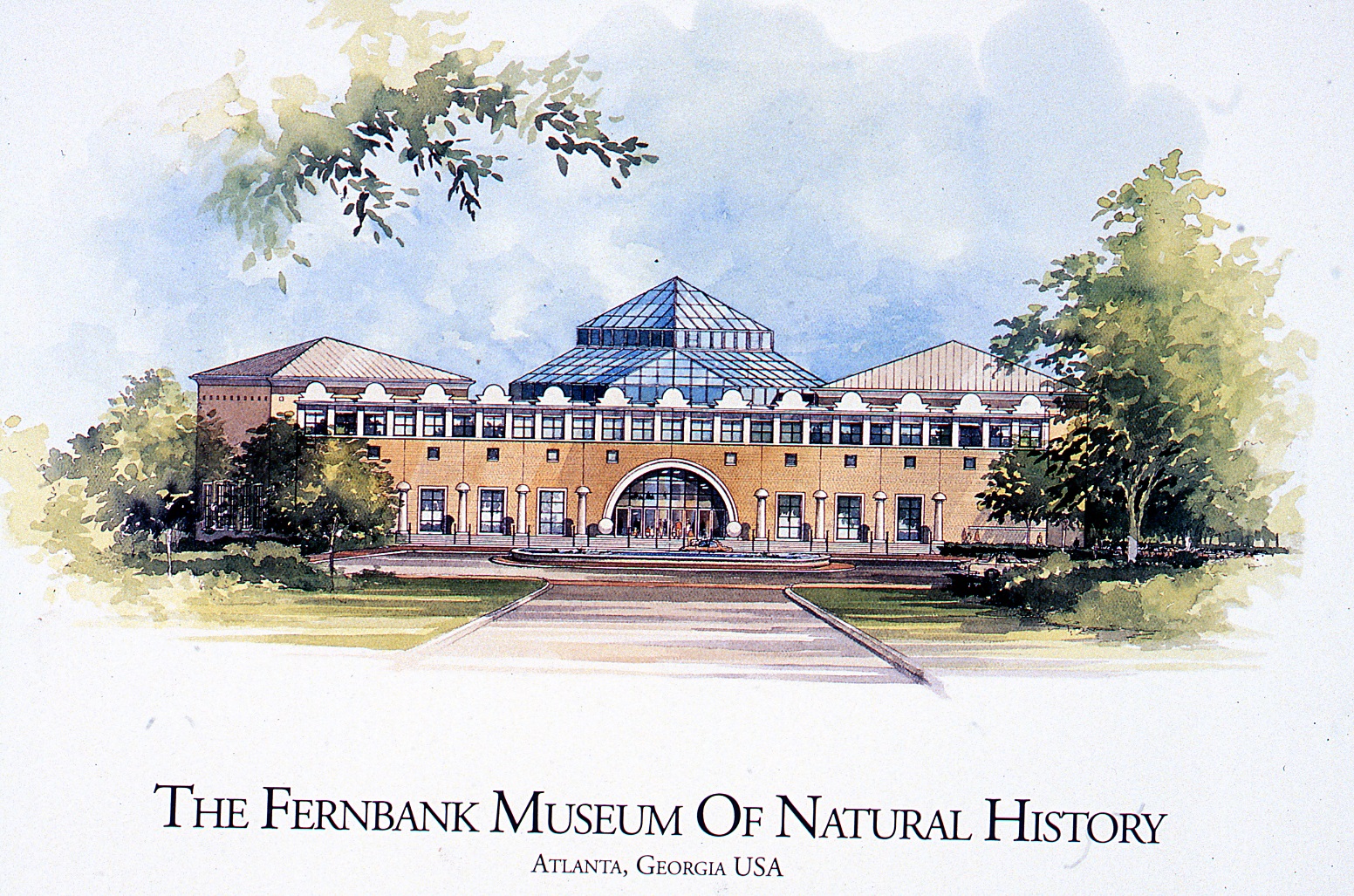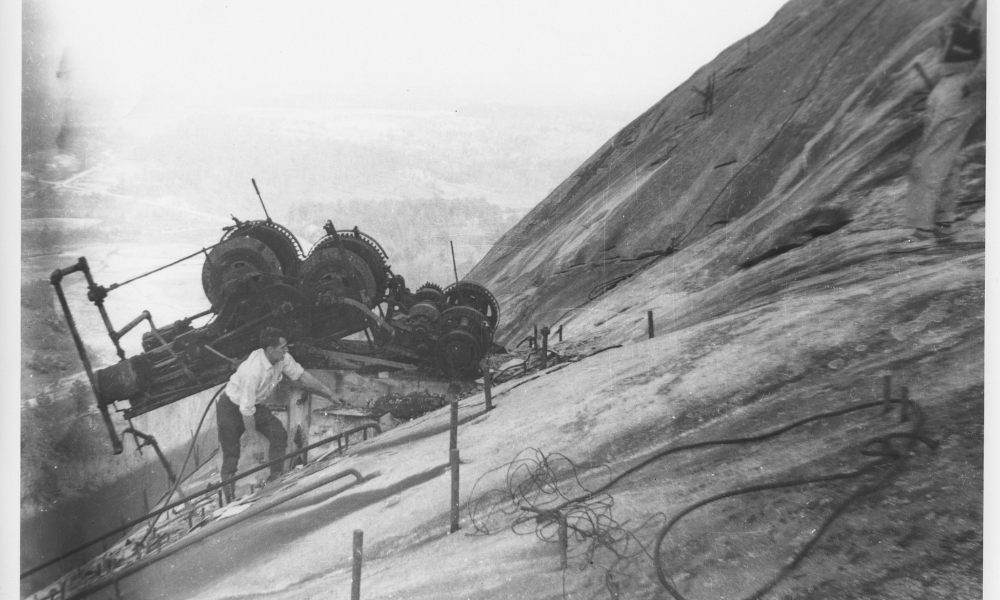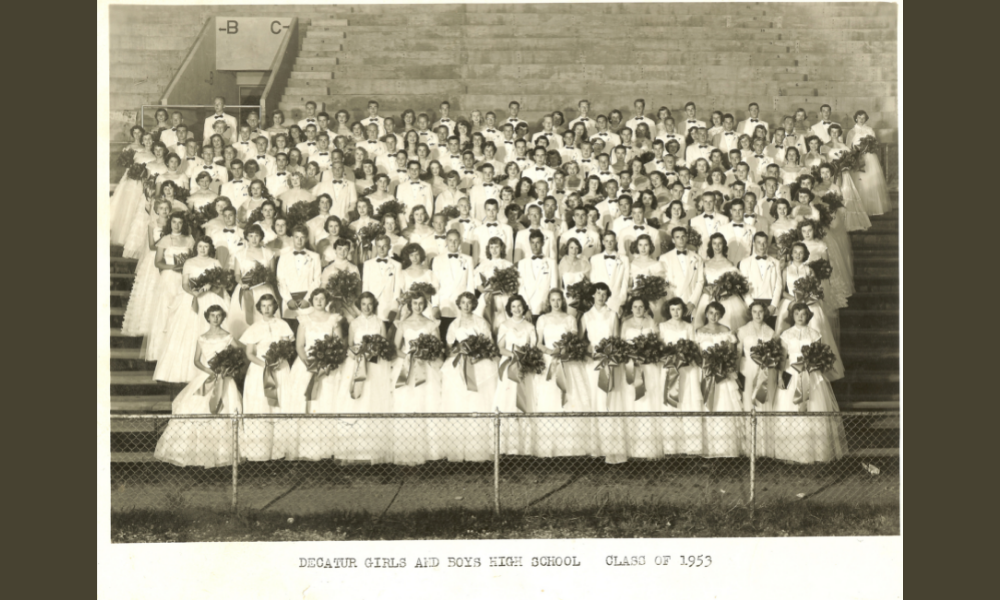Fernbank: a Forest in the City
Emily Harrison once wrote to her parents, “These heartstrings of ours have a curious way of getting tangled up in things: particularly trees and rocks and hill slopes…but gradually I had come to feel that Fernbank was too big and too beautiful for [one] family[‘s] consumption…The best thing to do with it would be to put it into the lives of children…”
And so the seed was planted that would ultimately grow into Fernbank. Emily Harrison’s family owned the land that the natural history museum would come to stand on. However, it was through her own determination that the institution was transformed from a dream to reality. She had a deep love for the forest surrounding her home, and with developers encroaching on wooded spaces, she felt it was increasingly important to save the land.
After her father’s death in 1938 she got agreement from her siblings to sell the property to a corporation that was determined to save the 70 acres. When developers came knocking in the aftermath of World War II and the subsequent population boom, she stood her ground. Walter Huntermann, a staff forester who knew her very well once stated that, “She was so determined to save the forest as a teaching instrument for children that some persons who wanted to buy the tract called her a witch.”
And Emily Harrison truly did want to save the forest, not just for conservation’s sake, but to have it serve as a place for learning. Before focus was shifted more to preservation of plant life, about three generations of Scouts and Campfire Girls had used the space to camp and learn forestry. But even with preservation in mind as a key focus of Fernbank, the importance of it as a learning space was never shunted to the side. A partnership with the DeKalb School System meant that Fernbank would be open for use for students all over the county. Students and visitors would be able to wonder at and learn from exhibits in the natural history museum, in the science center, or along various walking trails.
Fernbank was officially dedicated in 1967, and Emily Harrison was able to see her dream come to fruition. It was through her determination and care that some simple, forested, family land has come to be one of the most “popular and iconic cultural attractions in Atlanta”.

Created by Sophia Malikyar
Information Gathered From:
Nix, Dorothy. “How did a Forest Survive in the City?: A Woman’s Foresight Pays Off”. The Atlanta Journal. 21 Jun 1967.
Seabrook, Charles. “Science Museum?” The Atlanta Journal and Constitution. 25 Dec 1977.
Thomas, Diane. “Fernbank”. Atlanta Magazine. Apr 1970.
Nix, Dorothy. “Fernbank Center has a Braille Trail”. The Atlanta Journal. 15 Apr 1970.
Nix, Dorothy. “Old Forest Affection is Now a DeKalb Legacy”. The Atlanta Journal. 12 Sep 1973.
Garrison, Webb. “Forest Champion a ‘Stem-Winder'”. The Atlanta Journal – The Atlanta Constitution. 13 Jan 1985.
Mackay, James A. “A Short History of Fernbank”
Fernbankmuseum.org





